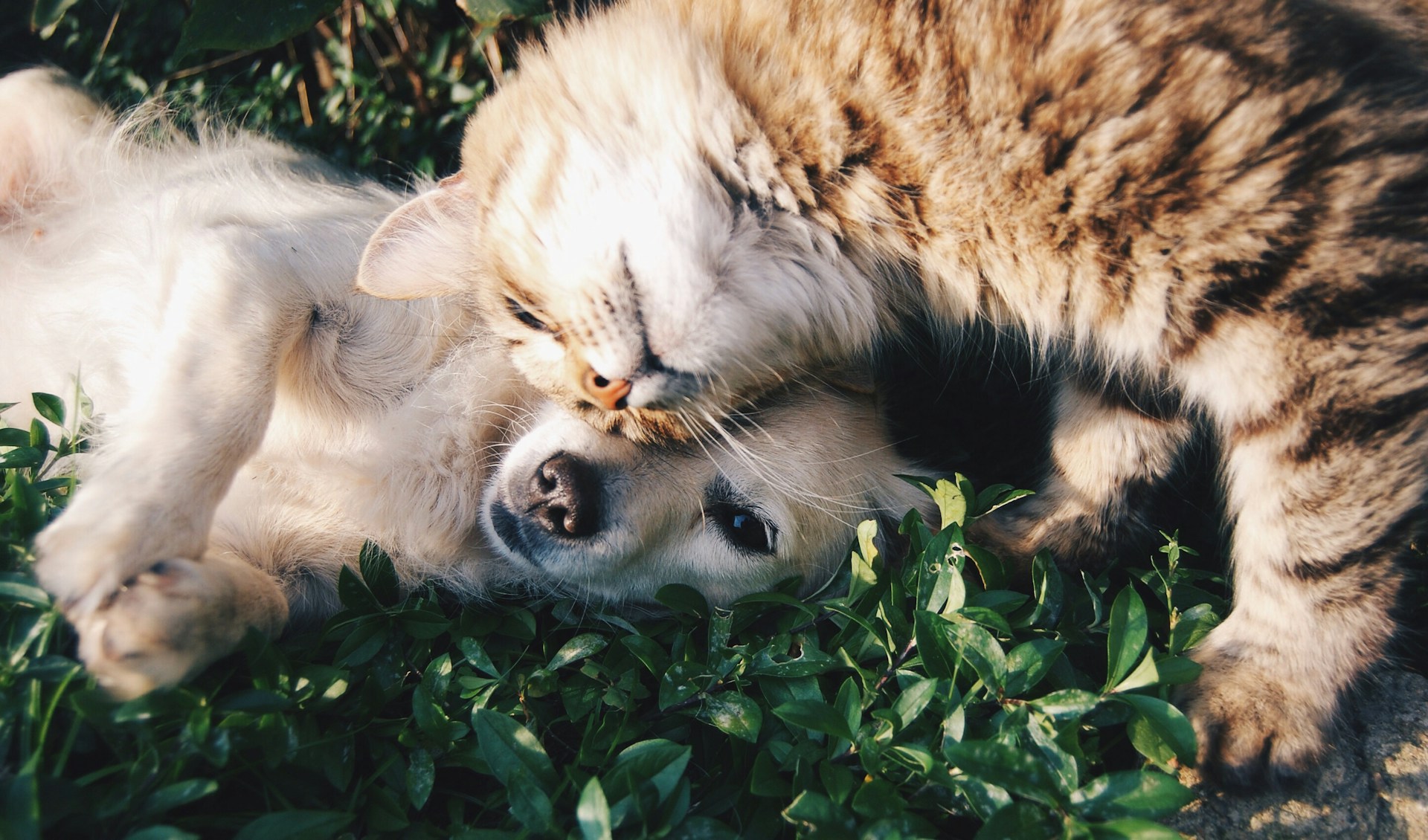
23 Feb Understanding the Difference: Tartar vs. Plaque in Your Pet’s Dental Health
Maintaining good dental hygiene is essential for the overall health and well-being of our beloved pets. Two common terms often heard in discussions about pet dental care are tartar and plaque. While they may sound similar, they are distinct issues that can impact your pet’s oral health differently.
What is Plaque?
Plaque is a sticky, colorless film of bacteria that constantly forms on the teeth. It develops when bacteria in the mouth combine with food particles and saliva. If not removed through regular brushing or dental cleanings, plaque can accumulate and adhere to the teeth, particularly along the gumline.
Key Points:
- Plaque is the initial stage of dental buildup and is soft and sticky.
- It consists of bacteria, food particles, and saliva.
- Plaque can be removed through regular brushing and professional dental cleanings.
What is Tartar?
Tartar, also known as dental calculus, is the hardened form of plaque that has been left to accumulate on the teeth over time. When plaque isn’t removed promptly, minerals from saliva deposit onto it, causing it to harden into tartar. Unlike plaque, tartar cannot be removed by brushing alone and typically requires professional intervention from a veterinarian for removal.
Key Points:
- Tartar is the hardened form of plaque.
- It develops when plaque mineralizes and hardens onto the teeth.
- Tartar cannot be removed by brushing and requires professional dental scaling.
The Importance of Addressing Both
Both plaque and tartar pose significant risks to your pet’s oral health. Plaque serves as a breeding ground for harmful bacteria, which can lead to gum disease (periodontal disease) and tooth decay if left unchecked. Tartar, on the other hand, not only provides a rough surface for additional plaque buildup but can also irritate the gums, leading to inflammation and potential infection.
Understanding the difference between tartar and plaque is crucial for maintaining your pet’s dental health. Regular dental care, including daily brushing and routine veterinary dental cleanings, is essential for preventing the buildup of plaque and the subsequent formation of tartar. By staying proactive about your pet’s oral hygiene, you can help ensure they enjoy a lifetime of happy smiles and healthy teeth.
Veterinary Dentist in Colorado Springs
Remember, if you have concerns about your pet’s dental health or notice signs of dental disease such as bad breath, swollen gums, or difficulty eating, don’t hesitate to consult with your veterinarian. With proper care and attention, you can keep your dog and cat’s teeth clean and their smile shining bright for years to come. Contact Animal Dental Care & Oral Surgery today to schedule an appointment with a Board-Certified Vet Dentist.
Images used under creative commons license – commercial use (2/23/2024). Photo by Krista Mangulsone on Unsplash

